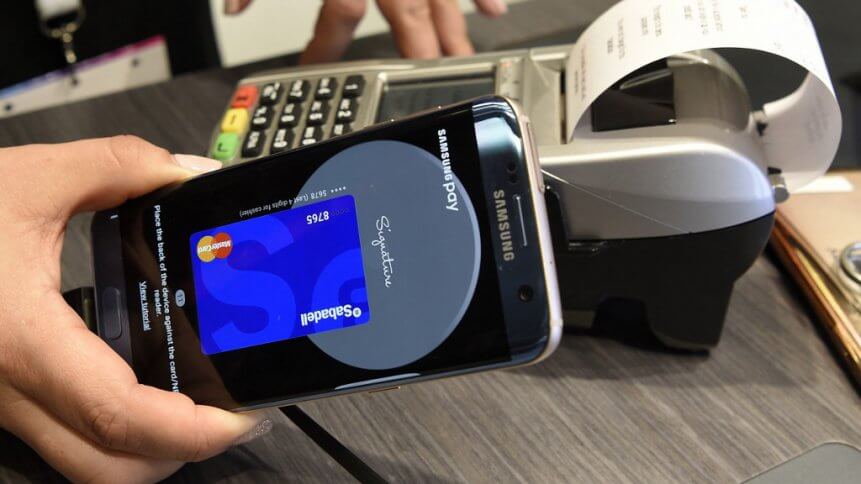The changing face of e-payments post-pandemic

The world is in the midst of a major recovery from an economy-crippling crisis, setting back certain developments while expediting others. Among the myriad changes was the exploration of new ways to carry out business interests and operations, which saw numerous technological innovations move from being nice-to-have conveniences, to essential necessities, including industry-disruptive concepts like self-checkout counters, mobile-based payments, and contactless electronic payments (e-payments).
Organizations that had begun embracing digital commerce channels prior to the major outbreak in Q1 2020, were better equipped to overcome physical limitations and take on the newer, online methods of doing business. In a new e-book released last quarter, A Decade of Digital Transformation in 12 Months, PYMNTS spoke with 46 C-level executives on the changes accelerated in their firms over the past year, including the adoption of new e-payments strategies to keep up with evolving customer expectations.
In fact, e-payments became the preferred method of transacting in many places when quarantine and social distancing measures became compulsory, and many companies had to quickly figure out how to have the majority (and in many instances, all) of their organizational structure working, reporting, and performing mundane tasks from home.
With the abrupt shift, companies and merchants were under pressure to rapidly accept e-payments, as customers sought to reduce physical contact from cash, while at the same time embracing digital platforms – and along with them, digital payment alternatives – to a greater degree than ever before.
Consequently, organizations were pressed to restructure their payment acceptance and productivity processes, finally overcoming the barrier to entry to take up electronic billing (e-billing) and e-payments on a wider scale – along with the efficiency benefits, such as increased speed, security and convenience compared to traditional financial services.
With e-payments, firms started seeing faster collection times and lesser outstanding sales averages, an especially reassuring advantage last year when many companies were short on available cash reserves, and indicators of economic recovery were low.
YOU MIGHT LIKE

What’s the downside of facial recognition payments?
Upon experiencing the strengths of e-payments like better cash flow and improved process efficiency, it is highly unlikely that merchants will revert back to traditional paper-based methods. After all, once the barriers to adoption have been bypassed and companies start to experience returns on their electronic investments, there is nothing holding them back from expanding their digital payment offerings, including enabling additional payment channels and including self-service payment technology.
With revenue and earnings the beating heart of most companies, it is likely that contactless e-payments will not only become normalized, but even become preferred over cash and checks. This is because once they have experienced the convenience, customers will continue to demand the flexibility and range of choices the next time they need to complete a transaction.









